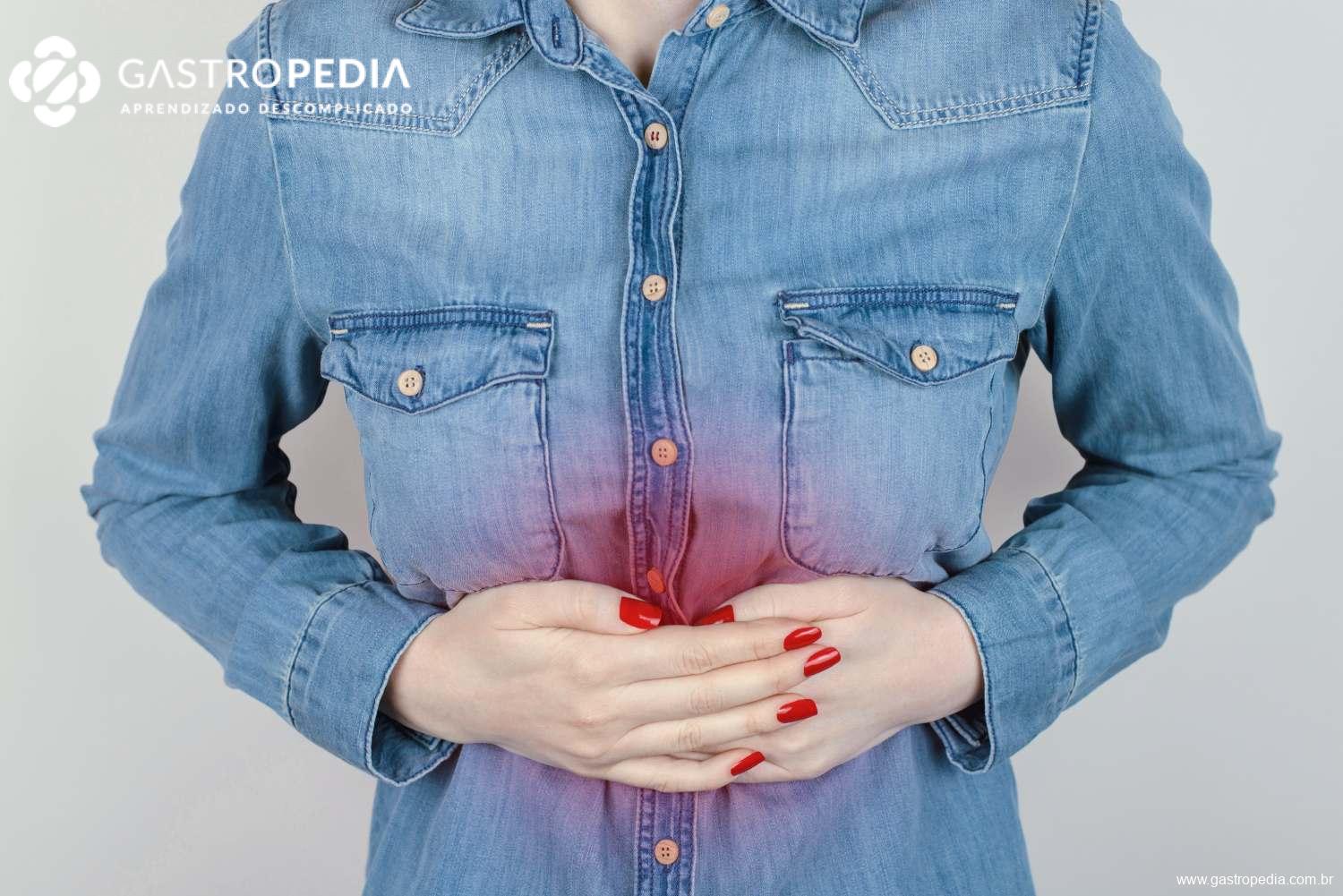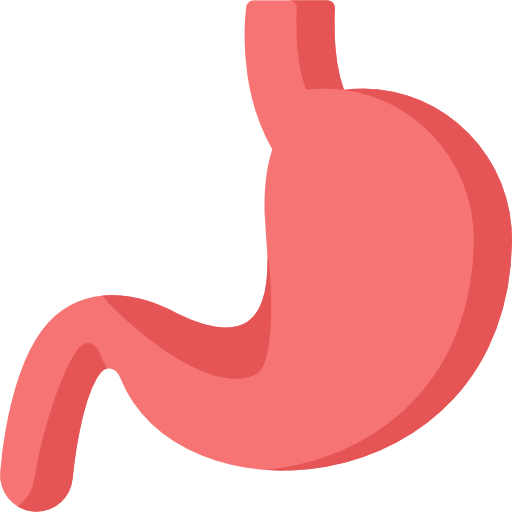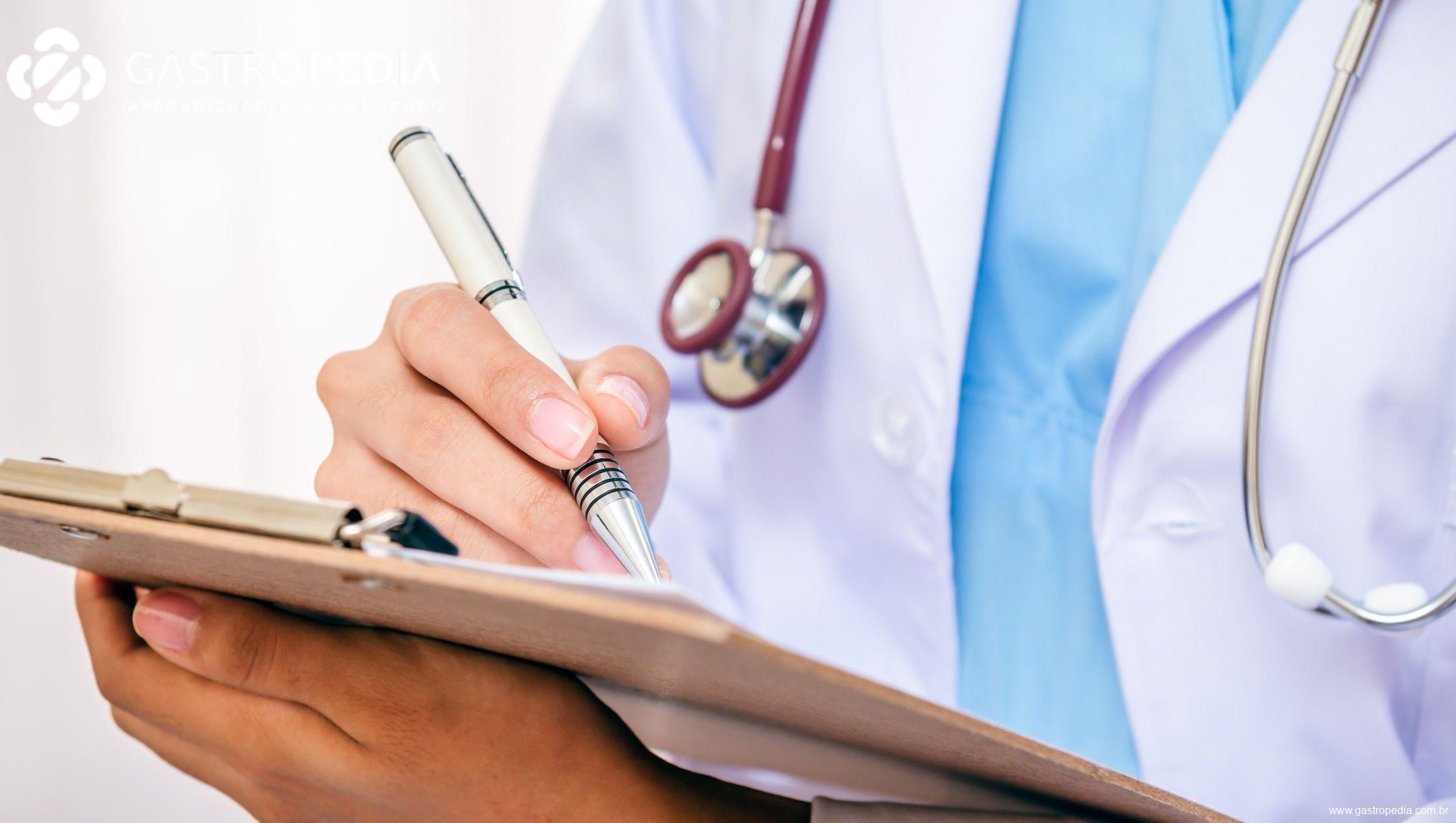Gastric Cancer: Signs, Symptoms, Treatment, and Prevention
Gastric cancer, also known as stomach cancer, can be understood as a growth of abnormal cells in the inner lining of the stomach.
Understand better how gastric cancer forms, its signs, symptoms, possible treatments, and how you can prevent it.
Signs and symptoms of gastric cancer
There is no defined cause for gastric cancer, but some signs may be responsible. They include:
- family history (especially in first-degree relatives) of cancer;
- family or personal history of stomach polyps;
- infection in the stomach caused by the bacterium Helicobacter pylori (H. pylori);
- being male or over 60 years old;
- having undergone previous stomach surgery;
- having a diet rich in smoked, salted, poorly preserved foods and poor in fruits and vegetables.
Symptoms of gastric cancer
The disease usually does not show symptoms. When they do appear, it is a sign that the gastric cancer is already at a very advanced stage.
Some of the main symptoms are:
- heartburn or indigestion;
- stomach pains;
- nausea or vomiting;
- unexplained loss of appetite;
- unexpected weight loss;
- feeling of fullness after eating very little food;
Diagnosis and treatment of gastric cancer
Gastric cancer is more difficult to diagnose early, as its symptoms take time to appear. Generally, the diagnosis occurs after routine examinations:
- Endoscopy, an examination that allows the doctor to identify abnormal areas inside the stomach. If suspected, a fragment of the tissue is removed for laboratory tests (biopsy);
- Computed tomography of the abdomen, chest, and pelvis.
How the treatment is done
The treatment of gastric cancer may involve:
- surgery to remove parts of the stomach;
- chemotherapy to fight cancer cells in the body with medication;
- radiotherapy to kill cancer cells in the stomach.
If the cancer is large enough to block the digestive tube, there are some procedures that can be done to deal with the situation. They are:
- placement of a stent, an expandable prosthesis, between the esophagus and the stomach to maintain an opening;
- insertion of a prosthesis between the stomach and the duodenum so that food and liquids can be administered.
In case of a blockage between the stomach and the small intestine, doctors can bypass it by attaching the upper part of the stomach to the middle part of the small intestine.
How to prevent gastric cancer
Gastric cancer should be diagnosed as soon as possible, otherwise, it tends to spread through the lining of the stomach and may not be curable at a certain point.
In the case of gastric atrophy or H. pylori infection, receiving the appropriate treatment already helps to prevent gastric cancer.
Furthermore, there are some ways to prevent gastric cancer:
- Undergo routine examinations with a gastroenterologist;
- Follow the full course of any treatment prescribed by the doctor;
- Rest appropriately;
- Have a healthy diet, rich in nutrients and low in fat and processed foods;
- Exercise;
- Seek a doctor at any sign of abnormalities;
- Undergo therapy to deal with emotional issues and problems.
Access all content on gastric cancer from EndoBlog
EndoBlog is a portal that gathers the main information about gastric cancer and other conditions that may affect the digestive system.
The medical team responsible for EndoBlog also publishes guides on health, well-being, and which exams are most important to prevent cancer and general stomach problems.
You can access all content for free on the website. Enjoy.



